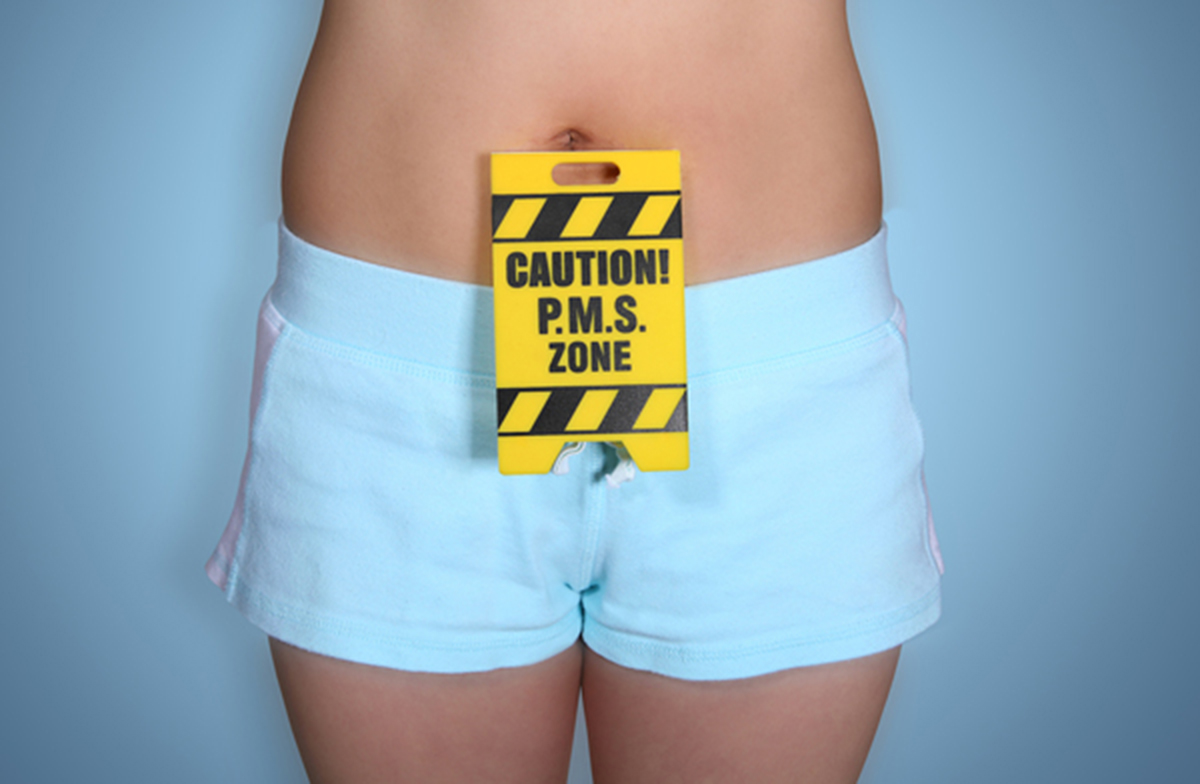Table of Contents
It really shouldn't come as a great shock that the popular new product doesn't work for vaginal bleaching, either. Think about it. You breathe oxygen through your nose 24 hours a day, 365 (or 366) days a year. The skin under your nose doesn't turn white, does it?
If the pads somehow really did bring the oxygen concentration of the vagina up to atmospheric levels, without leakage into the vulva, then using 3 or 4 pads a day for a year would still not generate enough oxygen to produce hydrogen peroxide that lightens pigments. It is really hard to imagine how the product works, but to sell it in North America, the company will have to do its own explaining.

If products like this don't bleach the vagina, what does? Of course, many readers in certain parts of the world, will find the whole idea strange, but women's personal preferences ought to be respected.
Here are some things that have been tried over the years:
- Visible red light breaks down the pigment rhodopsin, and may lighten the redness of the vagina. This process works with visible red light, not infrared light, and more light (generating heat) is not necessarily better. A red light lamp shining to the desired places about 20 minutes a day for about two months may help, but rhodopsin is not the only pigment in the skin of the vagina. There is, by the way, only one study in the medical literature about this, and it's over 60 years old, written by a researcher whose primary interest was color changes in squid.
READ Cosmetic Vaginal Surgery: Pros and Cons
- Some of the products used in Asia for this purpose contain a chemical called hydroquinone. It will remove brown pigments from skin. There's just one problem with using this chemical, particularly if you have Asian heritage. Some people who have yellow skin tones lack a gene that the body needs to process the amino acids phenylalanine and tyrosine. (This genetic defect is also associated with alcohol intolerance.) They are at risk of a condition called ochronosis. For them, hydroquinone does indeed remove brown pigments, but replaces them with purple.
- A safer option for most women who want to lighten skin tone of the vagina is kojic acid. Although it's an "acid," bleaches dilute it so its pH is slightly more alkaline than the skin itself. Kojic acid is a "natural" product, extracted from, ironically, a fungus that is ordinarily associated with fungal infections. However, there is no fungus in the bleaching product.
Darkening of the vagina can be a medical concern. If dark brown or black spots appear, or if there clusters of blue or purple blotches, it's a good idea to see your doctor soon.
- T. Oohashi, E. Nishina, M. Honda, Y. Yonekura, Y. Fuwamoto, N. Kawai, T. Maekawa, S. Nakamura, H. Fukuyama, and H. Shibasaki. Inaudible high-frequency sounds affect brain activity: Hypersonic effect. Journal of Neurophysiology, 83(6):3548–3558, 2000.
- Photo courtesy of rvoegtli: www.flickr.com/photos/rvoegtli/4743398188/
- Photo courtesy of rvoegtli: www.flickr.com/photos/rvoegtli/4743398188/
- Photo courtesy of tipstimesadmin: www.flickr.com/photos/tipstimesadmin/11438061545/


Your thoughts on this